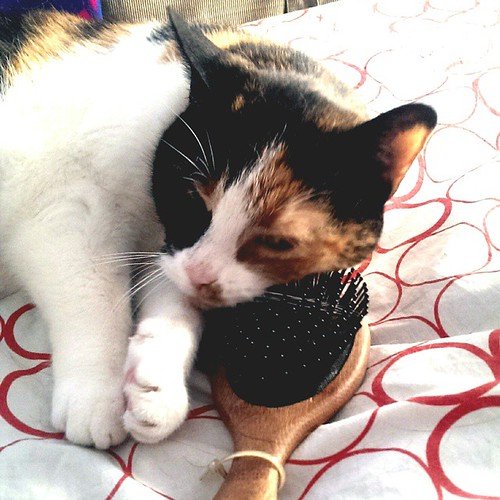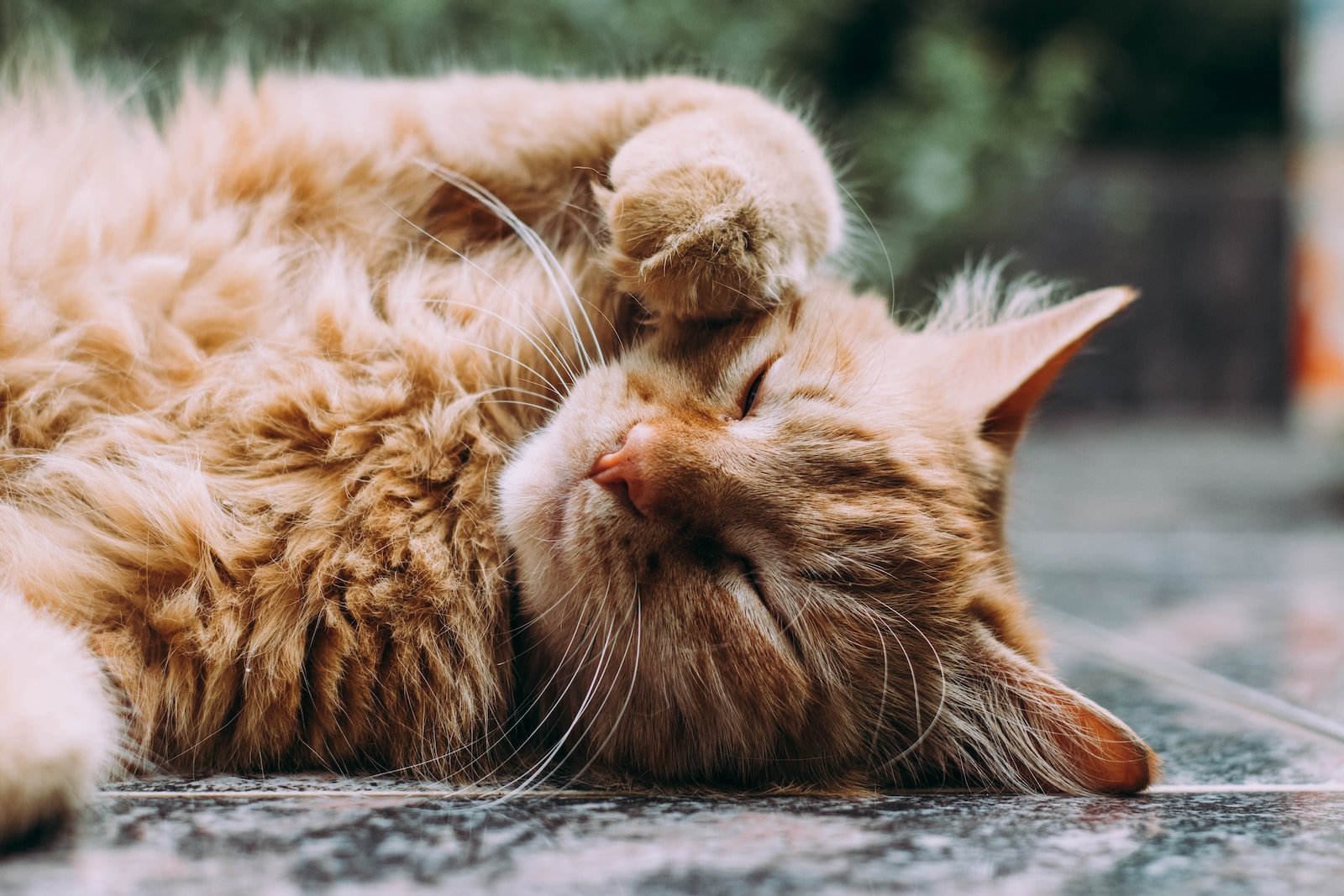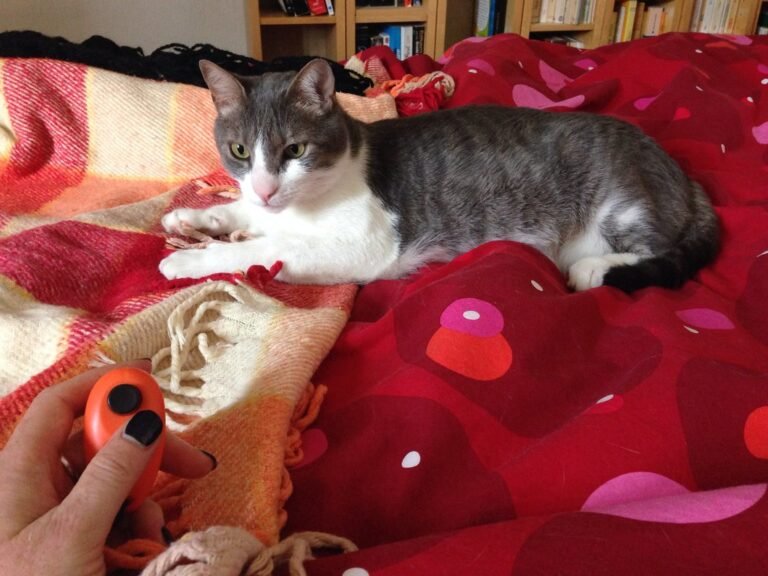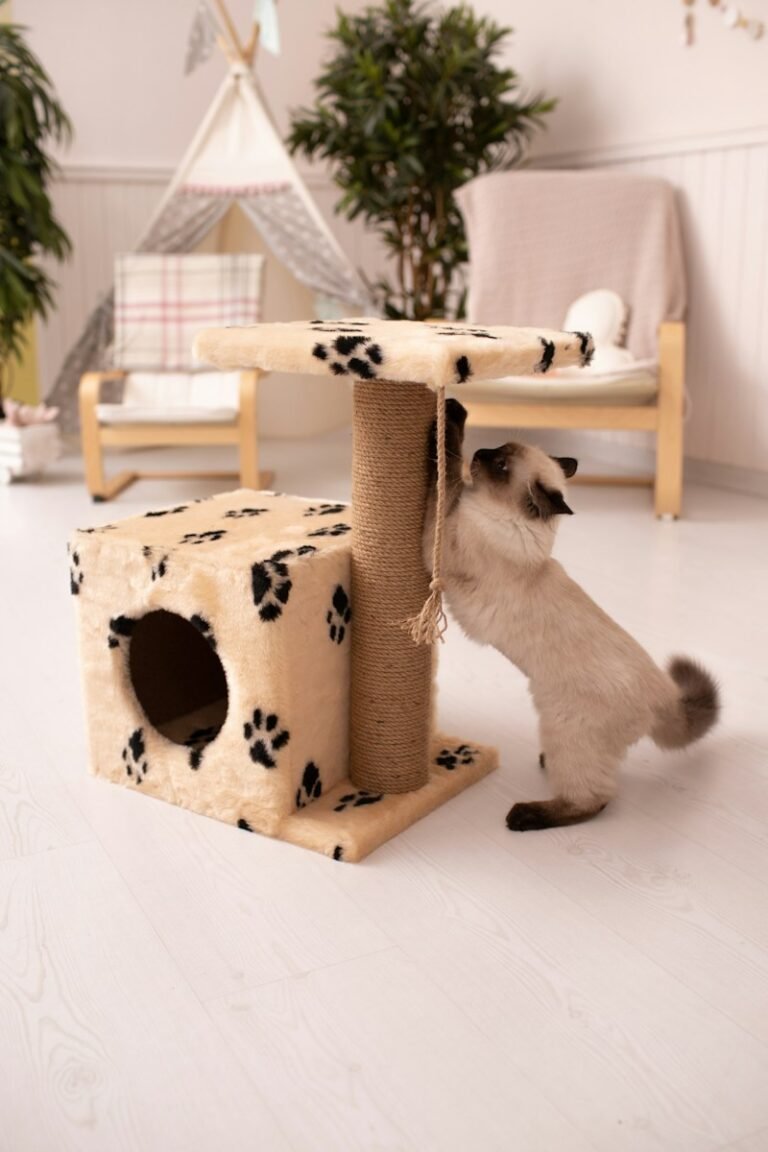Useful Tips To Help Training Your Cat
There are a number of cat behaviors that may indicate your cat has a problem that may require a trip to the veterinarian, or they may just mean the cat needs some training.
A kitten that grinds its teeth could have an improper bite, while an older cat that has started teeth-grinding behavior would likely need to go to the vet to be examined for a medical problem in its mouth, teeth, or gums. It may also help to change their diet, since older cats often have problems chewing dry food. You can switch to a softer or wet type of cat food. Whenever you change the diet of your cat by adding wet food, be careful and do it in small steps. Begin by mixing small amounts of the new food with the usual food. Leave the dry food for the rest of the meal, and let the cat eat the mixed food you prepared first. Repeat this procedure until the cat has changed over to the new food. Be sure to take the cat to the vet if you suspect an underlying health problem.
If your cat is rubbing its hind end along the floor, it may not have worms. You should examine its diet and physiology. If the cat is eating its own hair, for example, it will pass through the digestive tract and become uncomfortable to pass. If there is long hair hanging out its bottom, the cat will scoot long the floor to remove it. If the cat does really have worms, you should take it to the vet for a de-worming and an examination. It is important to keep any cat well-groomed, but this is essential for long-haired cats. Grooming will help with the floor-scooting problem.

Cats that are too clingy and want attention all the time can be very annoying. You can train your cat to stop this behavior, however. Whenever its behavior annoys you, put it in a room by itself. When it meows, spend a short time with the cat, playing. When the cat no longer cries out at being left alone in the room, reward it with a treat to let it know that this is appropriate behavior.
If you get a new kitten, you must name it, of course. You should train your cat to come when its name is called. Use a simple name, and teach the cat to come when called by using a clicker. It makes a sound that gets the their attention. Clickers can be found in pet stores and on the Internet. To teach the cat to respond to its name, put the cat on your lap and say its name, then click the clicker. The cat will respond to the click. Keep repeating this, and give the cat a treat whenever it responds. Bite-sized liver treats are good for this training. Once the cat realizes that the name, the click, and the treat are related, the next step is to reward the cat when it responds to its name without the click. Soon the cat will associate the treat with its name, and come when you call.
Whatever problem you may have with your cat, it can usually be resolved with time, caring, and patience. Be sure to hug your cat often. This ensures that both of you enjoy the relationship.









